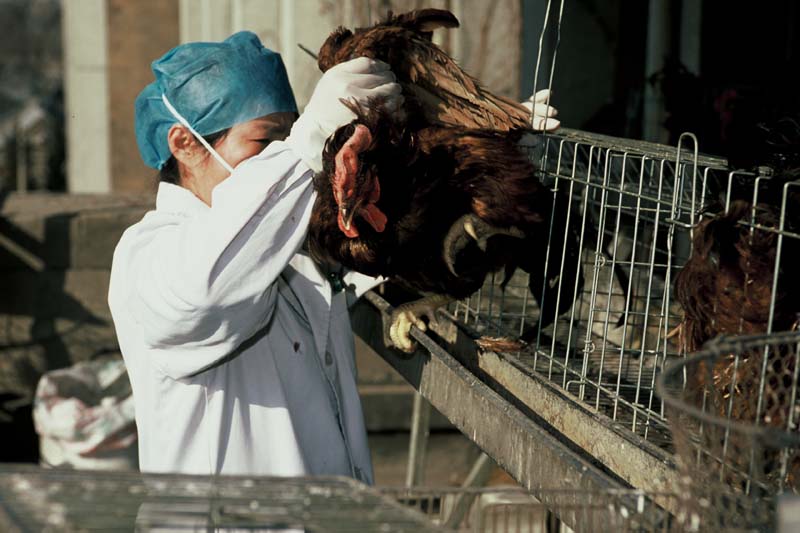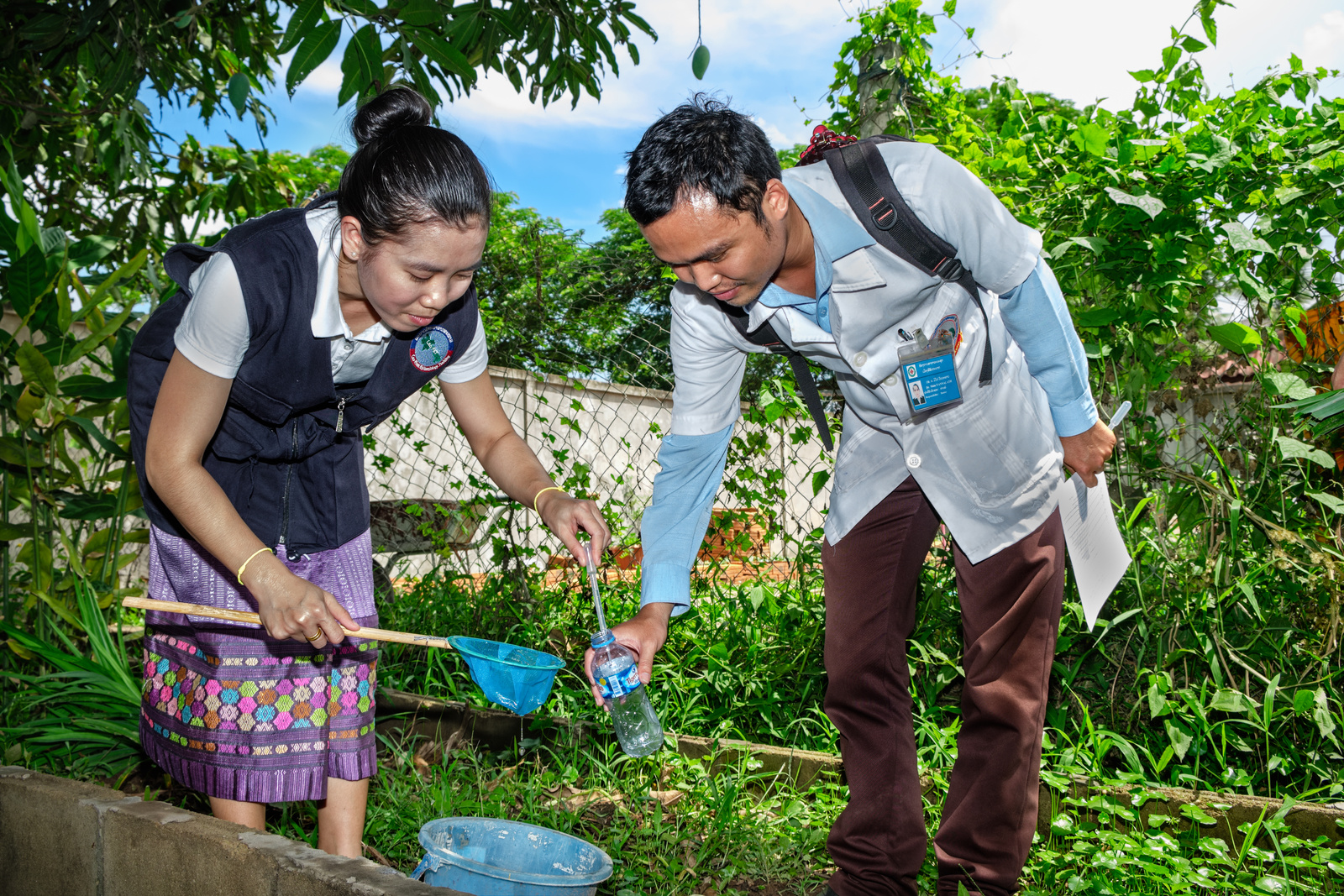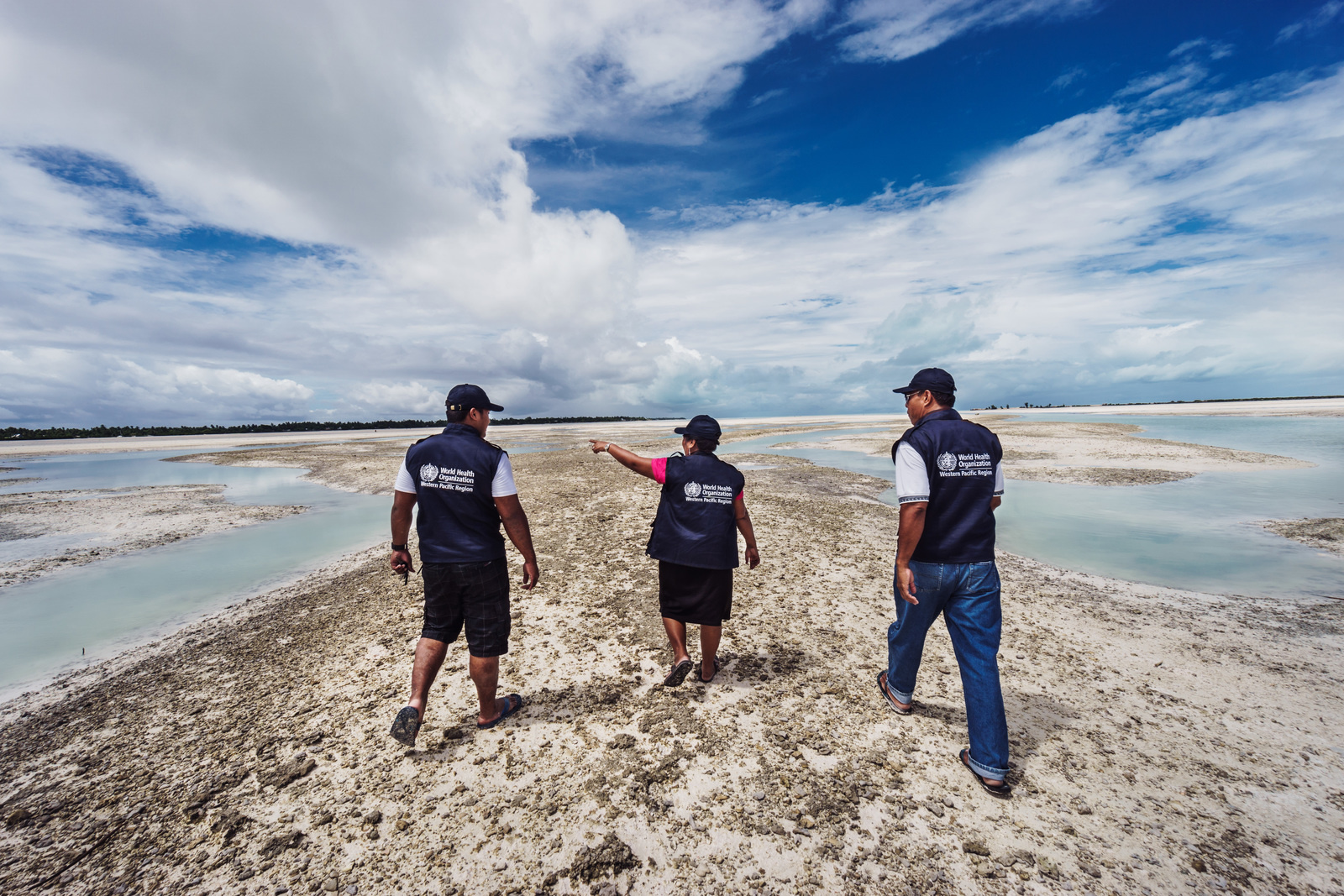Seasonal influenza is an acute respiratory infection caused by influenza viruses which circulate in all parts of the world. Most people recover from fever and other symptoms within a week without requiring medical attention. However, influenza can cause severe illness or death, particularly among high risk groups including the very young, the elderly, pregnant women, health workers and those with serious medical conditions.
Given the risk to vulnerable groups and the potential for seasonal influenza viruses to cause outbreaks and epidemics, WHO's Health Emergencies Programme monitors and assesses the spread of these viruses on an ongoing basis.
Influenza surveillance in the Western Pacific Region is based on outpatient and inpatient indicator-based surveillance (IBS) systems, as well as event-based surveillance. Case definitions, population groups and data formats differ among countries. This influenza surveillance summary includes countries and areas where routine IBS is conducted, and information is available.
Between 1 January – 20 December 2023 over 250 000 confirmed cases were reported from 14 countries and areas in the region compared to over 74 000 confirmed cases in the same period in the same number of countries and areas in the region in 2022.
WHO in the Western Pacific monitors and assesses the spread of these viruses on an ongoing basis publishing a bi-weekly summary of the situation in the Region.
Situation reports
Latest situation reports
Archives
- Influenza Situation Updates 2024
- Influenza Situation Updates 2023
- Influenza Situation Updates 2022
- Influenza Situation Updates 2021
- Influenza Situation Updates 2020
- Influenza Situation Updates 2019
- Influenza Situation Updates 2018
- Influenza Situation Updates 2017
- Influenza Situation Updates 2016
- Influenza Situation Updates 2015
Related publications
Western Pacific Surveillance And Response (WPSAR) Articles
- Epidemiological survey to establish thresholds for influenza among children in satellite cities of Tokyo, Japan, 2014–2018: Influenza survey of children near Tokyo, Japan, 2014–2018 | Western Pacific Surveillance and Response (who.int)
- Emergence of influenza B/Victoria in the Micronesian US-affiliated Pacific Islands, spring 2019 | Western Pacific Surveillance and Response (who.int)
- Influenza epidemiology and burden of disease in Mongolia, 2013–2014 to 2017–2018 | Western Pacific Surveillance and Response (who.int)
- Estimating the national burden of hospitalizations for influenza-associated severe acute respiratory infection in the Lao People’s Democratic Republic, 2016 | Western Pacific Surveillance and Response (who.int)
- Comparison of influenza surveillance data from the Republic of Korea, selected northern hemisphere countries and Hong Kong SAR (China) from 2012 to 2017 | Western Pacific Surveillance and Response (who.int)
- Impact of seasonal influenza on polyclinic attendances for upper respiratory tract infections in Singapore | Western Pacific Surveillance and Response (who.int)
Featured publications
All →
Strengthening influenza vaccination policies and programmes: meeting report, Geneva, Switzerland, 15-17...
Seasonal influenza is a major global health threat, causing significant morbidity and mortality annually and placing stress on health systems worldwide....

WHO SEAR 20th Epidemiological Bulletin 2024
This epidemiological bulletin aims to provide the situation of key infectious diseases in the WHO South-East Asia region to inform risk assessments and...

Pandemic Influenza Preparedness Framework: biennial progress report, 1 January 2022–31 December 2023
The Pandemic Influenza Preparedness (PIP) Framework is a World Health Assembly resolution adopted unanimously by all Member States in 2011. It brings together...

Clinical practice guidelines for influenza
This WHO Clinical practice guideline for influenza is an update and expansion from the previously published WHO guideline on the clinical management of...





/common-symptoms-of-influenza.tmb-549v.png?sfvrsn=5213bc99_1)





